Incorporating smart technology at home can make it seem like you possess magical powers. No, we are not exaggerating! Window blinds, music, and automatic lights can provide your home with a futuristic and modern vice, at the same time, helping you save time in the process.
But a significant advantage of smart home technology that you may not take into account is its capability to conserve energy. From monitoring your energy use to lowering energy use through automation, a few gadgets can aid you in lowering the amount of electricity and water you use, which, as a result, minimizes the environmental impact of your home.
And the best thing about it is that the process is entirely uncomplicated on your part. Smart home technology can be installed to understand your activities and to function effectively with the environment in mind. Such technology portrays a new edge for living more sustainably, without ruining comfort and style.
For a little help, we will walk you through how you can make your home more sustainable with smart technology. Read on!
Lighting
A smart home lighting solution provides you with a much better control or heads up over the lighting in your house. Thus, in the process, it makes your home more eco-friendly. The attributes or characteristics include the capability to modify or alter the lighting inside and outside of your house remotely via a web-enabled gadget.
Or through a control panel inside your house. Therefore, rather than leaving path lights and porch lights on all the time, you can, for the most part, set them to turn on when you come home from work or corresponding to sunset and sunrise-saving energy.
Thus, boosting security and safety. Also, you can set these smart lighting solutions to notify you through a text message whenever a light has been, more often than not, left on. You can easily turn it off through your mobile device or laptop.
Temperature Control
Smart thermostats provide you with the capability to lessen your carbon footprint in many ways. For example, it allows you to control the temperature in your house by using your smartphone or laptop.
If you are on a trip and, all of a sudden, you recall that you forgot to modify the thermostat, you can, without a doubt, do so through your phone. If you or one of your family members forgot to close the door, smart thermostats could undoubtedly turn off the heat or air conditioning instantly.
Moreover, you can program a smart thermostat to turn down the heat or air conditioning while you are at work. Also, you can increase the temperature level when you come back home. Smart temperature controls, for example, Nest, can study and absorb your temp preferences. Thus, it’s even easier and uncomplicated to maximize energy efficiency.
Window Treatments
If you desire to reduce or cut off the HVAC energy consumption of your home, then it’s best to leverage smart window treatment systems. It keeps your house cool during the summer season and when winter arrives, warming it.
For instance, to lessen air conditioning use and keep your home cool, you can set window blinds or shades to close during the warmest time of the day. Moreover, if you want to warm a freezing home without using the heating system, you can program window blinds to open during the day.
Shower System
Back in the day, people used to believe that going green indicates having to give up something. Well, not much anymore. Today, you can minimize or cut off your water use while feeling like you are at the spa.
For example, the Nebia shower system makes water into billions of microdroplets, establishing the feeling of more water, while in reality, using less. According to the company that created the Nebia shower system, you can save at least seventy percent of the water consumption using this system compared to conventional showers.
Composting
Composting is something more beyond getting rid of food waste. However, it takes up space, and it’s messy. For people without a worm bin and a compost pile, or a means of approaching a composting service, worry not.
Today, there is a new smart kitchen device to manage the food scraps that, for the most part, end up in landfills — introducing the Zera Food Recycler by Whirlpool. It can break down food scraps into fertilizer within twenty-four house.
Make your home most sustainable:
Energy efficiency is a critical consideration with regards to renovating or buying a home. Energy-efficient homes offer not only a more sustainable, greener lifestyle, but it also maximizes cash savings, comfort, and ease as well. From home security alarms to inexpensive devices, technology plays an important role in sustainable, greener living. Smart thermostat, lighting, window treatments, shower system, and composting are some of the ways you can make your home sustainable and green.
Now you are aware of how to make your home more sustainable with smart technology, why not check out our range of smart home devices to kickstart your sustainability journey?
Author’s Bio: Tyler Pack is a real estate consultant and journalist, with a passion for smart homes technology. He is keen on writing about home and property security, and cybersecurity.







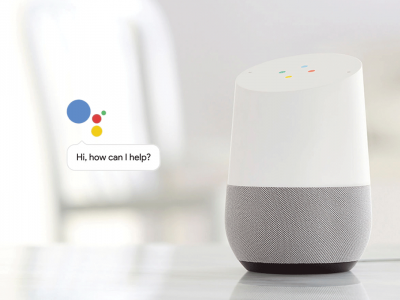



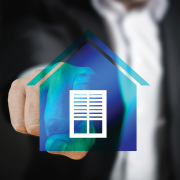




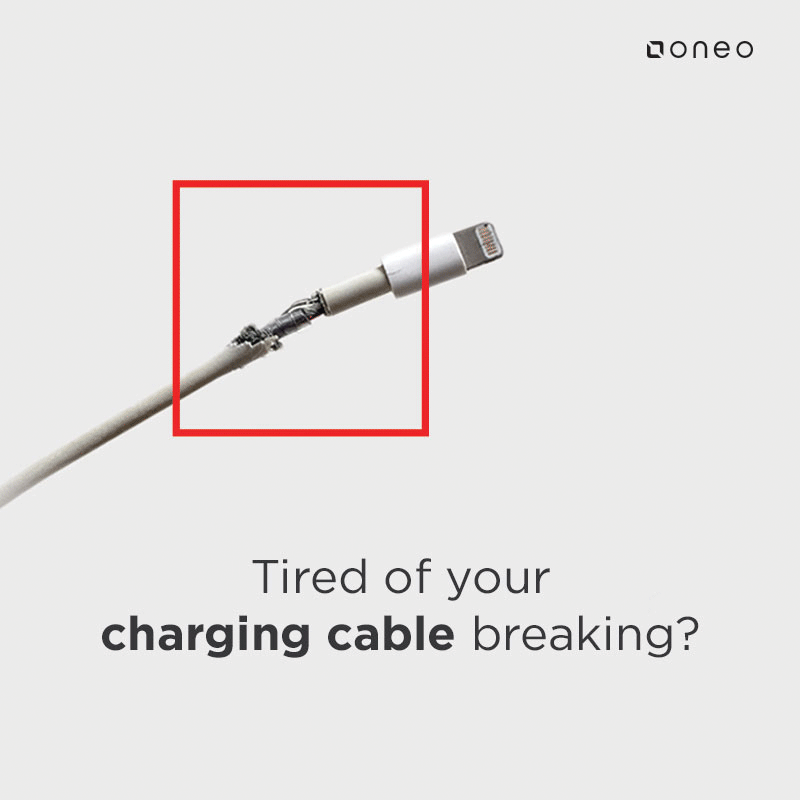

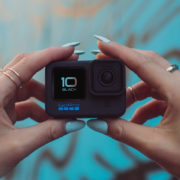


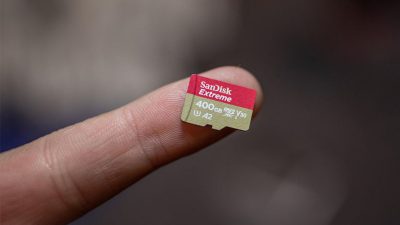
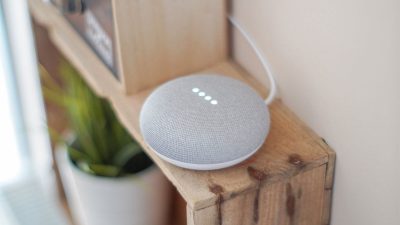
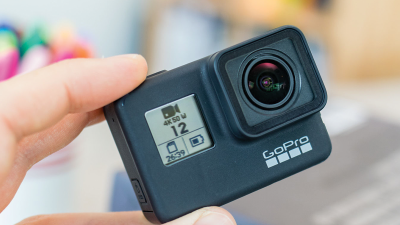
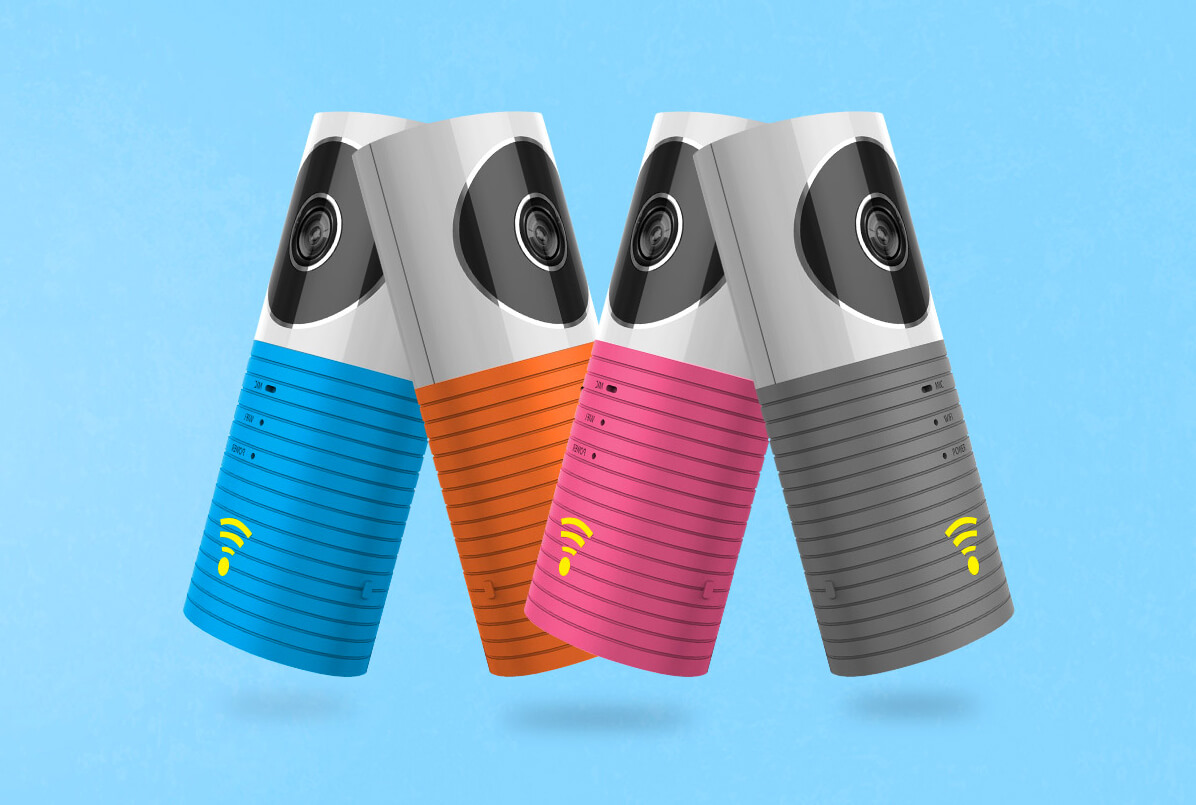
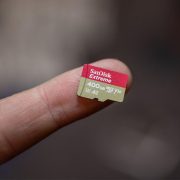
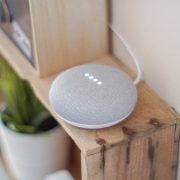

[…] smart technology makes your home more sustainable, the lack of WiFi safety may be a threat to this sustainability. While smart devices heavily rely […]